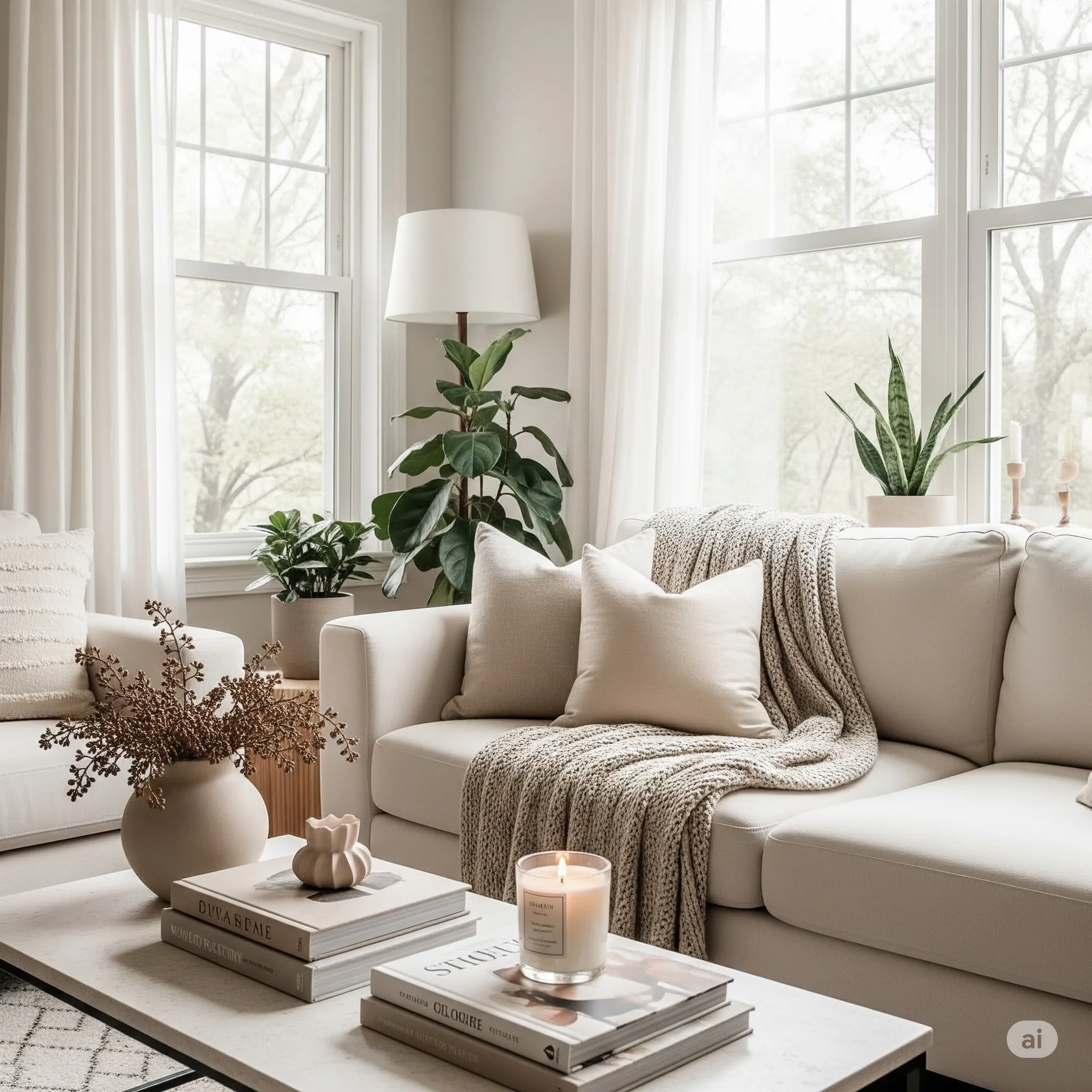In our increasingly busy and demanding world, the need for a personal sanctuary within our homes has never been greater. More than just a room, a sanctuary space is a dedicated retreat designed to nurture your mind, body, and soul. It’s a place where you can disconnect from the outside world, reconnect with yourself, and find peace and rejuvenation. Creating such a space is an act of self-care, a conscious decision to prioritize your well-being and create an environment that supports your inner peace.
This isn’t about luxury or extravagance; it’s about intentional design. Even a small corner of your home can be transformed into a powerful sanctuary with the right elements. It’s about creating a space that resonates with your personal needs and preferences, a place where you feel safe, calm, and inspired.
The Philosophy of Sanctuary
The core principle behind a sanctuary space is to create an environment that actively promotes relaxation, introspection, and self-reflection. It’s about minimizing distractions and maximizing elements that evoke a sense of calm and well-being. This philosophy acknowledges the powerful connection between our physical surroundings and our emotional and mental states.
A well-designed sanctuary goes beyond aesthetics; it engages all your senses. It’s about creating a holistic experience that supports your journey to inner peace.
Key Design Elements: Crafting Your Personal Haven
Creating a sanctuary space involves careful consideration of several key design elements:
- Location, Location, Location: Choose a space that feels naturally quiet and peaceful. It could be a spare bedroom, a sunroom, a corner of your living room, or even an outdoor space like a patio or balcony. The key is to select a location where you can minimize interruptions and create a sense of seclusion.
- Color Palette: Opt for calming colors that promote relaxation. Muted blues, greens, soft grays, creams, and earthy tones are excellent choices. Avoid bright, stimulating colors that can disrupt the tranquil atmosphere.
- Lighting: Natural light is ideal, but if that’s not available, use soft, warm lighting. Dimmable lights, candles (real or LED), and salt lamps can create a soothing ambiance. Avoid harsh overhead lighting.
- Textures and Materials: Incorporate natural materials and textures that feel good to the touch. Think soft rugs, plush blankets, linen or cotton fabrics, natural wood, and smooth stones. These elements create a sense of comfort and grounding.
- Minimalism and Decluttering: A cluttered space can lead to a cluttered mind. Keep your sanctuary space minimalist, with only essential items. Choose furniture that is comfortable and functional, and avoid unnecessary decorations.
- Sound: Minimize noise pollution. Use thick curtains or rugs to absorb sound. Consider adding a white noise machine, a small fountain, or playing calming music.
- Scent: Engage your sense of smell with aromatherapy. Use essential oil diffusers, scented candles (with natural fragrances), or incense to create a relaxing atmosphere. Lavender, chamomile, sandalwood, and frankincense are known for their calming properties.
Art and Decor: Personalizing Your Peace
Art plays a crucial role in creating a sanctuary space. It should be carefully selected to evoke feelings of peace, inspiration, and connection.
- Nature-Inspired Art: Landscapes, botanical prints, or abstract art that evokes natural elements can enhance the sense of calm.
- Abstract Art: Abstract pieces with soft colors and flowing lines can create a sense of tranquility and introspection.
- Inspirational Quotes or Affirmations: Display artwork or framed quotes that resonate with your personal values and goals.
- Personal Objects: Incorporate meaningful objects that bring you joy and peace, such as photographs, souvenirs, or handmade items.
- Mirrors: A strategically placed mirror can enhance the feeling of space and light.
The Benefits: A Sanctuary for Life
Creating a sanctuary space at home offers a multitude of benefits for your overall well-being:
- Reduced Stress and Anxiety: A dedicated space for relaxation can significantly lower stress levels and promote a sense of calm.
- Improved Sleep: A tranquil environment can help you unwind before bed and improve the quality of your sleep.
- Enhanced Focus and Creativity: A peaceful space can help you clear your mind and enhance your ability to focus and be creative.
- Increased Self-Awareness: A sanctuary space provides a quiet environment for introspection and self-reflection.
- Emotional Well-being: A place to retreat and recharge can help you manage your emotions and improve your overall mood.
- Stronger Connection to Self: A sanctuary space fosters a deeper connection with your inner self, promoting self-care and self-compassion.
Final Thoughts: Embracing Inner Peace
Creating a sanctuary space is an investment in your well-being. It’s about designing a space that supports your mental, emotional, and spiritual health, a place where you can retreat, recharge, and reconnect with your inner self. By carefully considering the design elements and incorporating art that resonates with your soul, you can transform a simple room into a powerful haven of peace and tranquility, a true sanctuary for your mind, body, and soul. Embrace the quiet, the calm, and the intentional design, and discover the transformative power of your own personal retreat.
